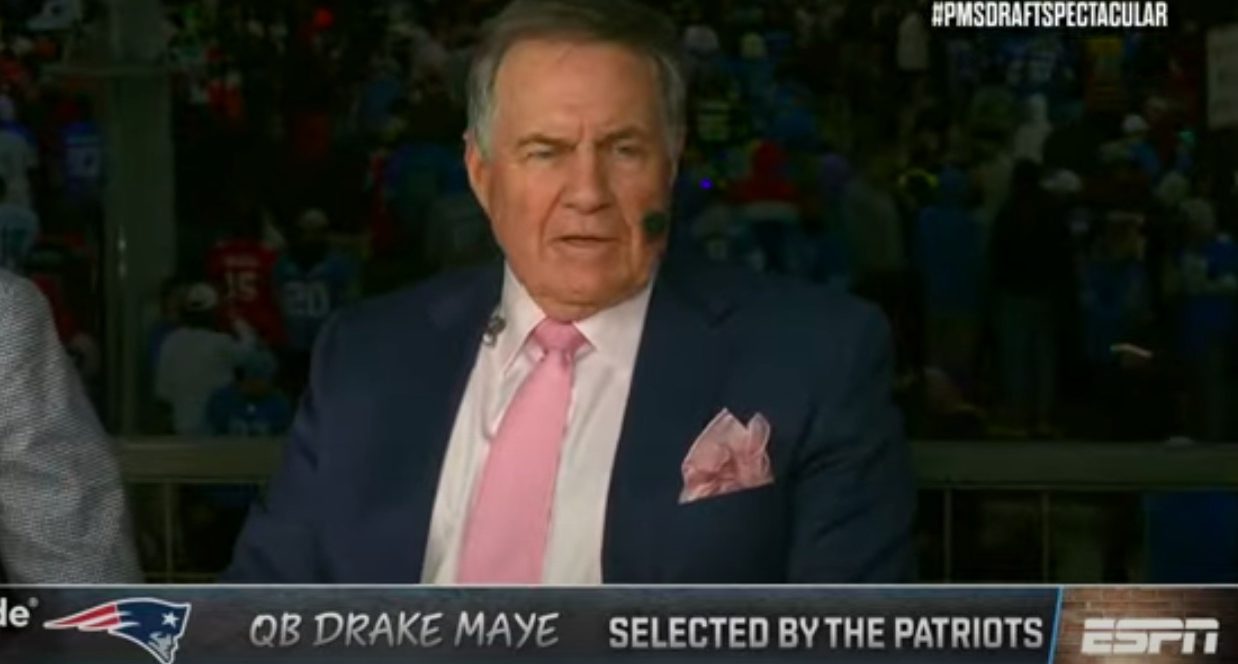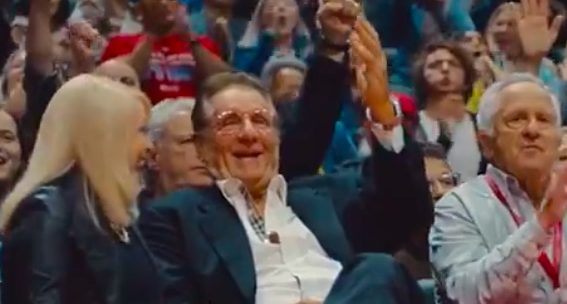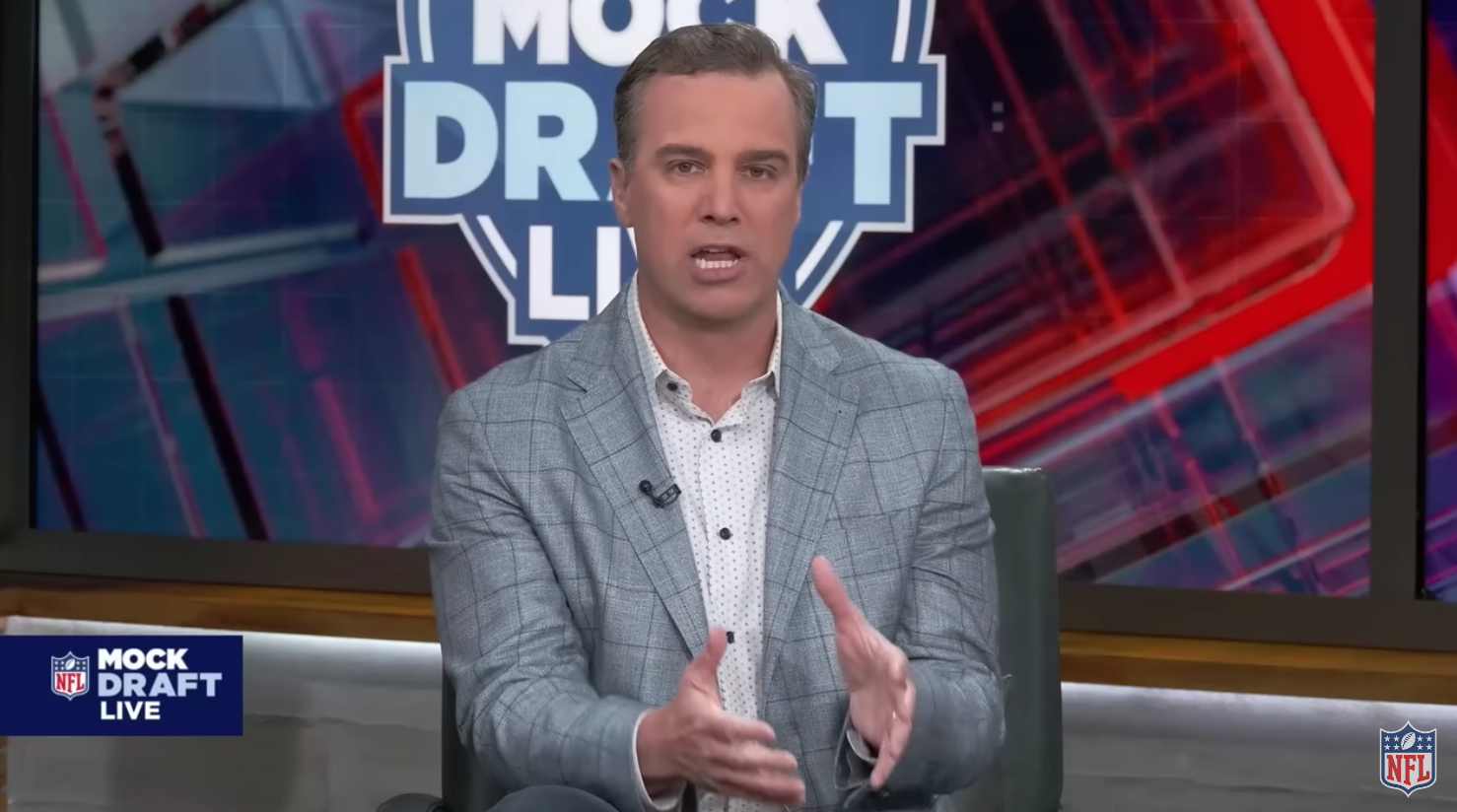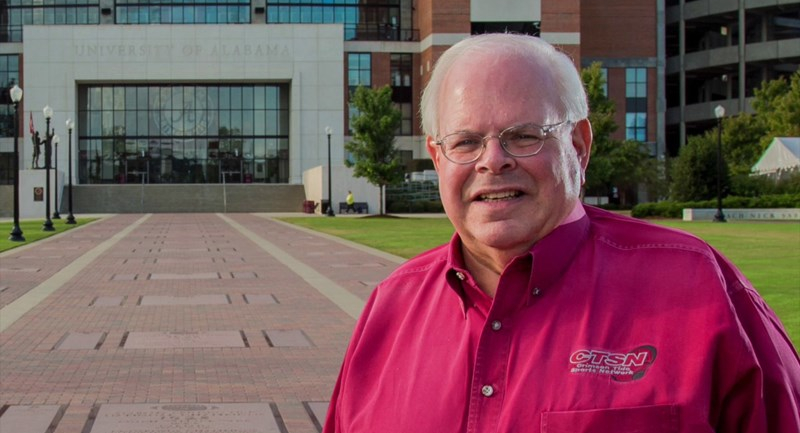The set by Paris’ River Seine that ESPN was hoping to use to host the majority of their Euro 2016 coverage was finally established Tuesday following moves thanks to flooding, but the network had to evacuate it during Tuesday’s Austria-Hungary match thanks to police across the river using tear gas on labor protests. That led to ESPN doing the half-time and post-match show from Bristol, and previewing the next game (Portugal-Iceland) there as well, tabbing Derek Rae and Kate Markgraf (who had just called the Austria-Hungary game off monitors) as well as fellow match analyst Alejandro Moreno. Here’s a clip from that preview, with Rae explaining what’s going on in Paris:
Shortly after that, though, ESPN was able to return to the Seine-side set, with Mike Tirico providing this update and mentioning that the Portugal-Iceland halftime show will be live from Paris:
The improvised halftime, post-match and pre-match shows certainly weren’t bad for something ESPN had to throw together quickly, and Rae, Markgraf and Moreno are all certainly capable, but this definitely wasn’t what the network was planning. It’s remarkable and highly unusual to see so much scrambling around a studio set, first with the flooding and then with the protests. However, those are both factors beyond ESPN’s control, especially given how the floods hit the worst level in Paris since 1910 and forced the shutdown of institutions such as the Louvre; this wasn’t really foreseeable. Kudos to them for being able to put together a competent backup plan on short notice.
The venue change to Bristol and the inclusion of Rae, Markgraf and Moreno also reinforces how much of ESPN’s Euro match coverage is being done from in studio. This wasn’t unknown; per their May announcement of commentator pairings, they specifically mentioned only calling “a significant number of matches from stadium sites in France,” with the Ian Darke-Steve McManaman/Taylor Twellman and Jon Champion-Stewart Robson pairings being based there, so it was presumed that the rest would be off monitors. It’s interesting that there hasn’t been more backlash to that, though, and it’s possible a move like this that makes the off-monitor match calls more obvious might spark some. The audience that doesn’t live in the sports media bubble might not have caught that not all matches were being called on-site, and we’ve seen plenty of backlash to the growing off-monitor trend in college football and basketball. In particular, it’s taken criticism for seemingly suggesting that certain properties (like the NCAA women’s basketball tournament) aren’t worth the expense of on-site announcers, and soccer fans certainly can be sensitive to perceived slights. We’ll see if ESPN takes any criticism for having their announcers call so many games from monitors rather than in person.
Regardless of if off-monitor is the right way to go or not, it probably helped ESPN out Tuesday with these set issues. It meant they had capable and qualified people available who could handle a studio show, and also a set that could work for studio coverage. The content of the coverage was just fine, too, especially given how little preparation these analysts likely had with this last-second change. ESPN had to scramble Tuesday, but they did a good job of doing so. They’ll certainly be hoping their Seine-side set won’t have any further issues, though, and the rest of their Euro 2016 studio coverage can go according to their plans.








Comments are closed.